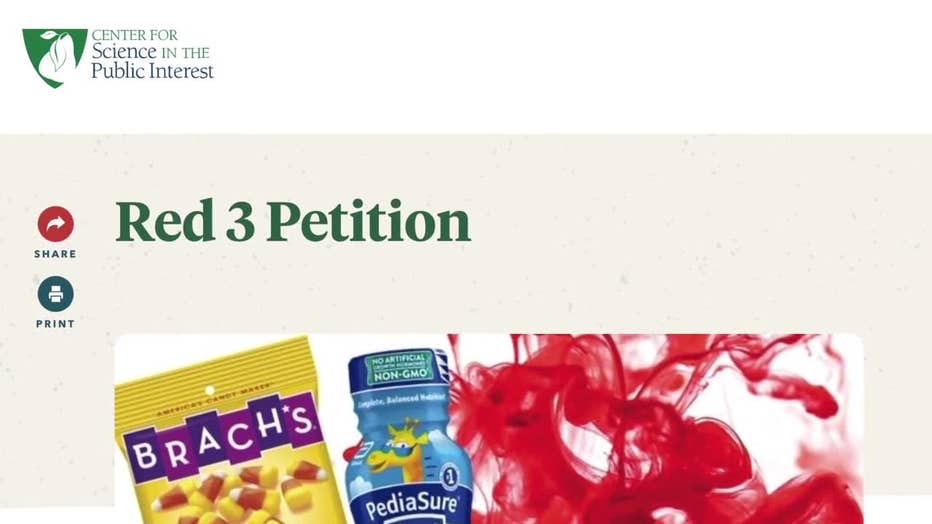
Attention-Grabbing: Red Dye No. 3 Eradicated From Food, Drinks, And Medications
The Food and Drug Administration (FDA) has announced a sweeping ban on the use of Red Dye No. 3 in food, drinks, and medications. This decision follows years of mounting evidence linking the artificial colorant to a range of health concerns, including hyperactivity, allergies, and cancer.
A Health Risk Finally Eliminated
Red Dye No. 3, also known as erythrosine, is a synthetic dye commonly used to enhance the color of processed foods, beverages, and pharmaceutical products. While it has been widely used for decades, concerns about its safety have been growing. Research has shown that the dye can trigger allergic reactions, including hives, swelling, and difficulty breathing. It has also been linked to hyperactivity and behavioral problems in children.
The most concerning evidence, however, relates to Red Dye No. 3’s potential carcinogenicity. Studies have shown that the dye can damage DNA and promote tumor growth in animals. While the exact mechanism is still being investigated, the FDA determined that the risks outweighed the benefits and decided to ban its use.
Industry Response
The FDA’s decision has been met with mixed reactions from the food and beverage industry. Some companies, such as Kraft Heinz and PepsiCo, have already removed Red Dye No. 3 from their products. Others, such as Coca-Cola and McDonald’s, have yet to announce their plans.
Industry representatives argue that the ban is unnecessary and that Red Dye No. 3 is safe when used in moderation. They also point out that eliminating the dye could increase the cost of food production and reduce the appeal of certain products.
Consumer Concerns
Consumer advocates are applauding the FDA’s decision, arguing that it is a necessary step to protect public health. They point to the growing body of evidence linking Red Dye No. 3 to serious health problems.
Consumers are advised to check food and beverage labels carefully and to avoid products that contain Red Dye No. 3 or erythrosine. They can also contact manufacturers directly to inquire about the presence of the dye.
Alternative Coloring Agents
With Red Dye No. 3 being banned, food and beverage companies are exploring alternative coloring agents. Natural colors, such as beetroot juice, turmeric, and paprika, are already being used in some products. Synthetic alternatives, such as Blue 1 and Yellow 5, are also being considered.
The FDA is currently evaluating the safety of these alternative coloring agents and will make decisions about their approval on a case-by-case basis.
Future Implications
The FDA’s ban on Red Dye No. 3 is a significant step towards improving public health. It also sends a strong message to the food and beverage industry that the health of consumers must be a priority.
The elimination of Red Dye No. 3 is likely to have a ripple effect throughout the food industry. Companies will need to reformulate their products and consumers will need to become more vigilant about checking labels. However, the long-term benefits of reducing exposure to this harmful chemical will far outweigh any inconvenience.
Conclusion
The FDA’s decision to ban Red Dye No. 3 is a victory for public health. This harmful chemical will no longer be allowed in food, drinks, or medications, protecting consumers from a range of health risks.
While the food and beverage industry may face challenges in reformulating their products, the long-term benefits will far outweigh any costs. Consumers should continue to be vigilant about checking labels and choosing products that do not contain Red Dye No. 3 or other harmful ingredients.

